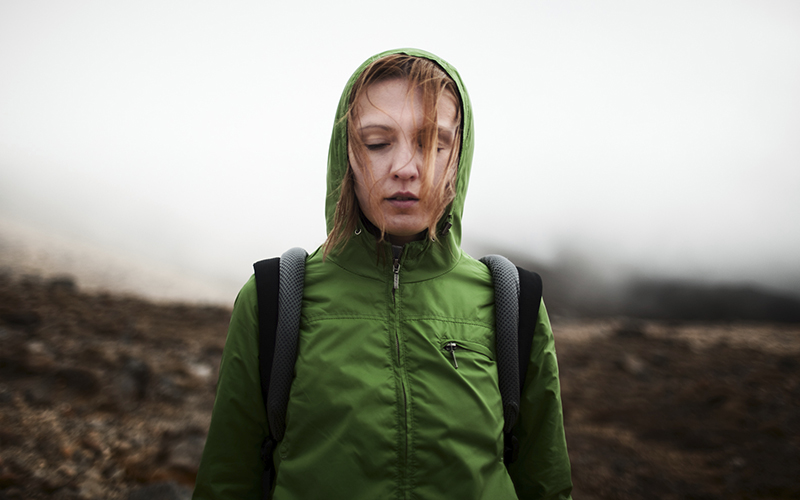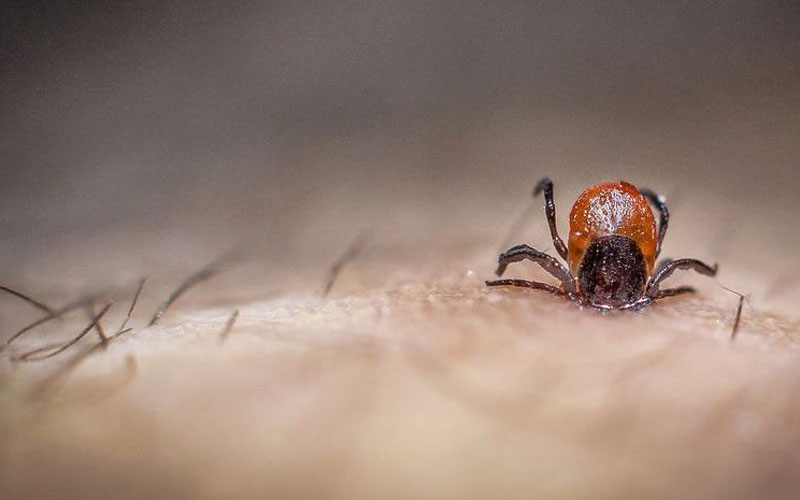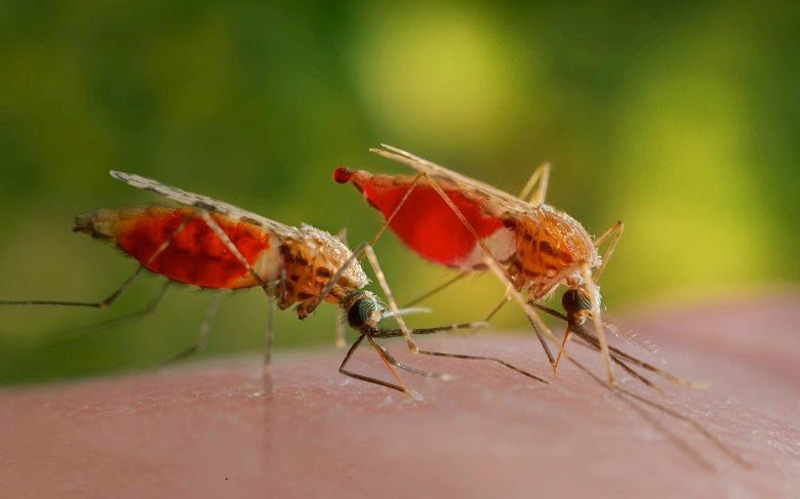Category: Health and Safety

Are you prepared to handle a survival situation in the backcountry? You may think so. You probably even carry some basic survival gear. It’s likely, however, that you are also packing some significant misconceptions about what a survival scenario actually looks like. THE DEADLY DISCONNECT Here’s the fundamental thing to understand: Survival situations typically occur […]

We’ve all done it: felt that first inkling of discomfort—a growing warmth on our heel or at the base of our toes—and kept right on hiking. “It’s nothing,” we tell ourselves. “It won’t get much worse.” Distracted by the trail ahead and the promise of future vistas, we trek on, ignoring our tender skin until […]

It’s that time again. Ticks are back, ready to creepy-crawly their way to a blood meal from your succulent flesh. If you’re like me, however, you probably prefer to keep your blood to yourself — and to avoid potential exposure to Lyme disease and other tick-borne illnesses. And there’s one sure-fire way to kill any […]

Moisture drains heat from your feet. Once your feet cool down, it takes a lot of energy to re-warm damp socks and boots. Keep them dry, keep them toasty. Here are some tips to keep feet warm: Block snow from your boot tops with gaiters or snug-fitting pant cuffs. Carry a pair of dry socks […]

I spent my morning walking the dog and serving as an all-you-can-eat brunch buffet for my local mosquito population. It got me thinking about the little buzzers and prompted several crucial questions in my head. I now have the answers. Death by mosquito draining? For an average person, losing two liters of blood becomes life-threatening. […]

Spring is the time of year when adult ticks that have overwintered underground emerge for one last attempt at a succulent blood feast. If you find one attached to yourself or your pet, I highly recommend using the Pro-Tick Remedy to remove the nasty little blood-sucker—it’s been my go-to tick removal device for years. This […]

The only interesting fact that I recall from high school physics is that black bears can run up to 30 mph. My teacher, an avid outdoorsman, included this detail in one of many stories told to engage a senior class focused on nothing but graduation. I’ve since learned that the American black bear, which averages […]

Developed by Dr. Gordon Giesbrecht, a professor at the University of Manitoba, this simple mnemonic might just save your life. A scene from Cold Water Boot Camp Cold-water paddlers are at particular risk of capsizing and going into the freezing drink (especially in the Northeast, where frigid ocean and lake temperatures lag far behind the […]

A series of telltale consequences begin to unfold as core temperature drops and hypothermia sets in. Knowing your “umbles” will help you recognize them—and take preventative actions before it’s too late. The “Fumbles” Approximate Core Temperature: 98.6 to 95 degrees Condition: Mild Hypothermia One of the first signs of hypothermia is an inability to perform […]

Any survival kit should have the tools to start an emergency fire. A firestarter (waterproof matches, flint, etc.) is the crucial item, but a close second is quick-to-light emergency tinder to get the fire going, especially in wet conditions where dry natural tinder is hard (or impossible) to find. You can buy a range of pre-packaged […]

Part 3 in a series on avoiding, preventing, and treating poison ivy rash. FACT: Scratching a poison ivy rash WILL NOT cause it to spread. Busting the Myth: Poison ivy rashes often seem to spread beyond the site of initial reaction—a fact that many people attribute to scratching the itch, or to spreading the fluid […]

Part 1 in a series on avoiding, preventing, and treating poison ivy rash. An estimated 70 to 90 percent of people are allergic to urushiol oil, the culprit that causes the maddening rash when your skin comes into contact with poison ivy. To avoid it, the best strategy is to not come into contact with […]

Yes and no. It depends on the concentration. Here’s the important thing to understand: Essentially all insect repellents effectively keep mosquitoes at bay. They just vary in how long they work before they must be reapplied. And therein lies the rub. Oil of lemon eucalyptus is a naturally occurring chemical, unlike DEET and picaridin, which […]

Short answer: A lot. Long answer: It depends on a multitude of factors, including body weight, pack weight, elevation gain/loss, terrain, and more. Here’s a quick round-up of a few online estimates (and guesstimates), plus some useful tools, for gauging your total caloric burn on your next backpacking adventure: Backpacker Magazine suggests a simple calorie […]

Deer ticks are pernicious, nasty little critters. Common throughout the Northeast, these parasitic bloodsuckers are the primary vector for Lyme disease, an unpleasant and potentially serious illness that is well worth avoiding. Your goal is to prevent deer ticks from enjoying their sanguineous feast and possibly transmitting the disease-causing bacterium. Here are the best, most […]

For more than 50 years, DEET has reigned as the undisputed champion of insect repellents. No longer. There’s now a potentially better alternative on the market: picaridin. Both DEET and picaridin are proven to be effective at fending off mosquitoes—and are superior to other repellents when it comes to protection time. But which one is […]

I hate deer ticks. Potential transmitters of Lyme disease, they are the animal bane of my New England outdoor existence. And May through July represents the height of the tick threat. Why? It’s peak time for near-microscopic deer tick nymphs. About the size of a poppy seed (1 to 1.5mm), their miniscule size makes them […]

There’s no doubt that boiling water makes it safe to drink—the high temperature kills all the aquatic baddies that might otherwise make you sick in the backcountry. But how long do you really need to boil water before its safe? Over the years I’ve heard any number of recommendations, from 5 minutes, to 1 minute, […]

I had the biggest wildlife encounter of my life last winter on the cross-country ski trails of Anchorage, Alaska. I skied by a moose calmly browsing in the willows near the trail. As I passed behind, it suddenly whirled without warning. Within a ski stride, the moose advanced almost close enough to stomp me with […]

Are you a bicyclist or runner? Do you want to reduce your chances of being hit by a car? Consider this: The brightest, most visible color you can wear during daylight hours is fluorescent yellow-green. Why? Human eyes are built to be most sensitive to that particular wavelength of light (~550 nanometers), at least during […]




